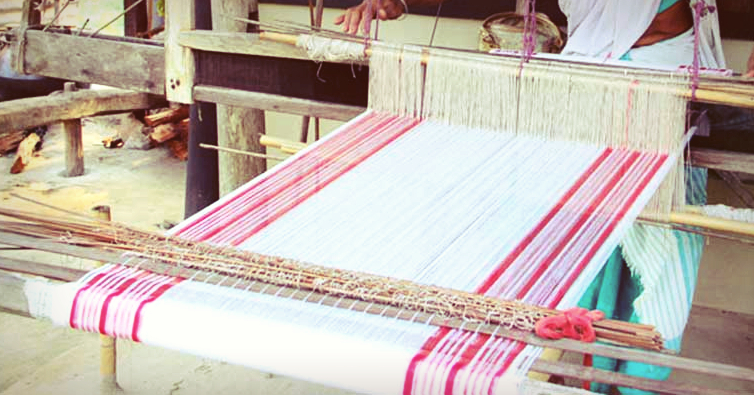National Handloom Day is a annual celebration to honour the handloom weavers in the country, the day is celebrated on every 7th of August. It is also celebrated to highlight the role of Handloom industry in the country. The National Handloom Day aims at highlighting the handloom’s contribution to the country’s socioeconomic development and increase weavers’ incomes.
In July 2015, the Union Government has declared 7th of August as the National Handloom Day with a goal to create awareness about the importance of handloom industry. The first National Handloom Day was held in the Centenary Hall of Madras University in Chennai on 7 August 2015 by Prime Minister Narendra Modi.
Why 7th of August is chosen for National Handloom Day?
On 7th of August 1905, the Swadeshi Movement was initiated in Calcutta Town hall to oppose the separation of Bengal by the British Empire, and to commemorate the day, every year on 7th of August National Handloom Day is celebrated.
The year 2024 also marks the launch of additional programs relating to design aesthetics, GI-tagged indigenous crafts and skill-building workshops for competitiveness enhancement.
On National Handloom Day 2024, the Government of India reaffirms its dedication to safeguarding and advancing the handloom industry, a crucial aspect of the nation’s cultural heritage that offers employment opportunities. Initiatives like the National Handloom Development Programe, the Handloom Census Drive, the Health Insurance Scheme for Weavers, and the Handloom Weaver’s Loan Waiver Scheme are designed to support and organize marginalized handloom clusters nationwide.
What is Handloom?
Handloom is a woven frame or a loom used in weaving fabric without any of electricity. Hand weaving is usually done at home which performed on the pit loom or frame loom. Hand-spun yarn-woven fabrics on handloom are called ‘khadi,’ while handloom-woven factory spun yarn is called ‘handloom cloth.’
In India, the kings and queens wore hand-woven garments to showcase their richness and monarchy. Additionally, the cotton textile business was started in in Mohenjo-Daro era. Once India gained freedom from the British, the authorities took several measures to elevate craftsmen through various schemes and insurance policies that helped the industry grow.
Handlooms are important for economic and legal relations as they are symbols of a country’s identity, culture and sustainable growth, not just for esthetic and cultural purposes. More than 50 per cent of the total weaver population of India resides in the eastern and north-eastern part of the country.
How to improve Handloom sector in India?
To improve the handloom market the India’s government has taken a number of actions. The Handlooms Act, 1985, Handloom Census, Geographical Indication, ecological trade initiatives such as e-dhaga, capacity-building programs and the general restoration of the hand-held industry and Khadi Gramodyog are important steps that the indian government has taken with a view to enhancing the hand-held industry in India. Recently a program was launched “Solar Chakra” to set up the support for the artisanal cluster. It’s also important to tackle problems of labour-intense activities such as lack of business relations, pricing, and raw materials, spinning , weaving and sticking.
Handloom weaves are mostly decentralized and mostly weavers come from the poorer sections of the community, the primary and the only source of revenue for some of them. Handloom weaving is spread throughout many states and in some of them is in considerable decline.
Importance of National Handloom Day
National Handloom is gives an opportunity to highlight the immense work of Handloom weavers and also seeks to focus on the contribution of handloom is the socioeconomic development. It is a day to raise awareness about the handloom weaving among the youth.
Above all, handlooms are environmentally friendly and it is a viable way of living. The handloom sector is the second largest source of jobs in rural India and provides employment for 4.33 million persons. Around 95% of the handwoven fabric worldwide originates from India.
Swikriti Dandotia












